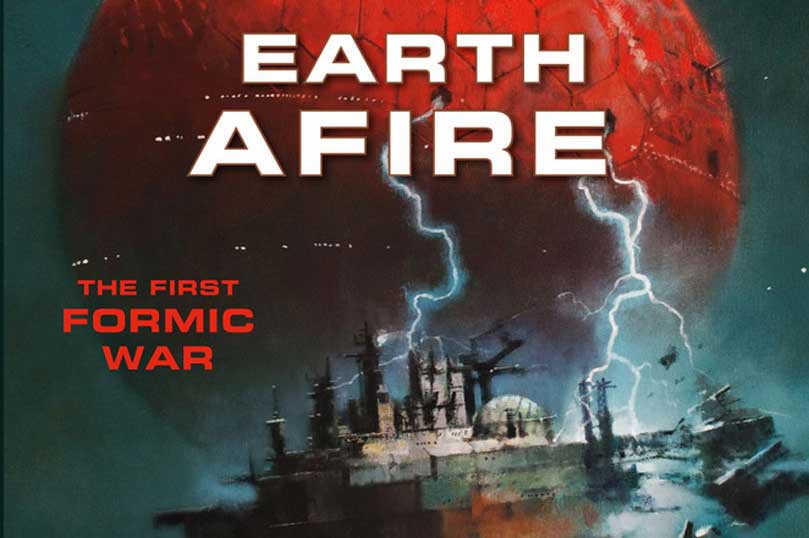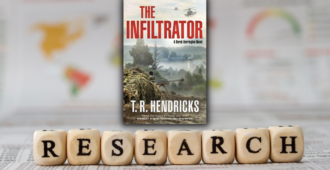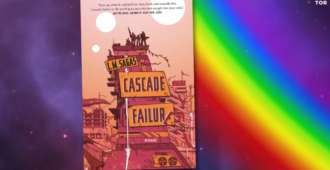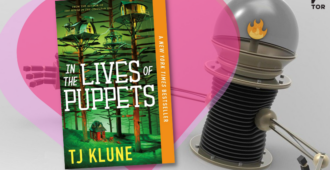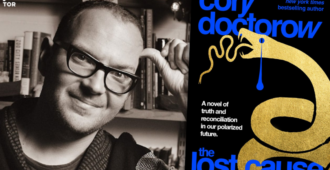The Children Who Inspired Battle School
Written by Aaron Johnston
Those of us who grew up reading Ender’s Game have always been enamored with the idea of Battle School. What’s that you say? A school for brilliant kids who fly around in zero-G playing laser tag all day? Sign me up. (And please ignore the fact that I’m neither brilliant nor especially coordinated.)
I was so in love with Battle School, in fact, that I would imagine Hyrum Graff showing up at my parents’ house and saying, “Mr. and Mrs. Johnston, we’re taking little Aaron with us.” And my mother would dab at her eyes with a tissue, and my dad would take a knee in front of me and put a hand on my shoulder and say, “Knock ‘em dead, squirt. Make us proud.”
But of course this is fantasy. Not only because I’m not Battle School material, but also because Battle School could never exist in the world we live in. Our government would never allow such a thing. Parents would riot in the streets. None of us would let the military take away our children.
And yet when we read Ender’s Game, we accept the idea of Battle School without a second thought. That’s just how the world is now, we tell ourselves. Terrible things happened in the past, and now parents give up their children. We hate doing it, but what choice do we have?
When Orson Scott Card and I set out to write the story of the first two Formic wars, we knew we had to connect these two realities. The events of the first two invasions had to take us from a world like ours, where Battle School could never exist, to a world very different from ours, where Battle School must exist.
That’s a dramatic shift in public opinion and military theory. And Scott and I knew that such a shift could never occur unless two things happened first. One, Earth must face a threat so powerful and so overwhelming that the military is forced to consider new and unconventional methodologies. The strategies and tactics of the past no longer apply. We’re fighting a new enemy, with tech far superior to ours. If we don’t reinvent ourselves militarily, if we don’t consider every resource at our disposal, we are all going to die. The Formics will win.
Two, the military must believe without a shadow of doubt that children are the answer. It’s not enough for the military to see great potential in children, or for them to believe that children can be as smart as adults. No, the military must believe that children can be better than adults. Children can be more strategically minded, more apt to take risks, more willing to break convention, more able to adapt to new tactics and threats. The generals of the world must see children as our last great hope.
That’s why the story of the First Formic War includes brilliant, Enderlike children. The military must witness with their own eyes what gifted children can do. They have to see it happen. Otherwise the military would never in a million years believe it possible.
In Earth Unaware, we met seventeen-year-old Victor Delgado, an ingenious mechanic who risks his life to warn Earth. We also met his cousin, fourteen-year-old Edimar, who discovered the Formics’ approach.
In Earth Afire, we meet Bingwen, the most Enderlike child yet — a dirt-poor, eight-year-old farm boy from a tiny rice village in southeast China. Through his association with Bingwen, Mazer Rackham comes to realize what children truly have to offer. And the rest, as we say, is history. Or in our case, the future.
…………………………
From the Tor/Forge June 3rd newsletter. Sign up to receive our newsletter via email.
…………………………
More from the June 3rd Tor/Forge newsletter:

